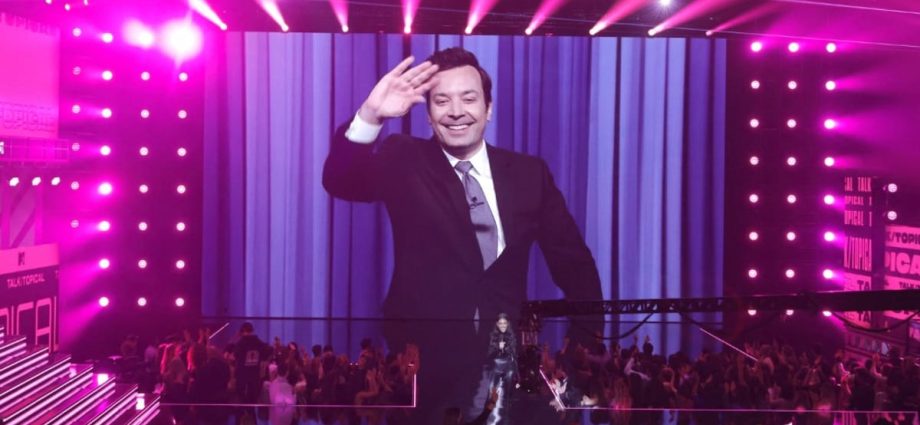
WHAT DOES WORKPLACE BULLYING LOOK LIKE?
As researchers of organisational behaviour, two separate incidents of workplace bullying were recounted to us recently. The first involved a bully publicly criticising a junior colleague for being “not confident” and “blur”, leaving her in tears in the office. She did not report the incident for fear of repercussions by the higher-ranking and better-connected bully.
The second incident involved a bully sending a series of aggressive emails and making false accusations. The victim’s supervisor, who was copied in one of the emails, told the employee not to take things personally because that was the bully’s “working style”.
Both victims are women who had been on the job for about three months and at a mid-management level. Studies on gender and bullying prevalence, often conducted in the West, have sometimes found more women than men reporting having been bullied at work, although findings of gender differences tend to be inconsistent and inconclusive.
There are many types of workplace bullying such as social undermining (for example, hindering someone’s workplace functioning and success), identity threat (questioning someone’s sense of competence and self-worth), outright harassment (openly inflicting emotional pain), and more subtle forms like gaslighting, which can lead victims to think that they are imagining things.
Other subtle workplace bullying behaviours include giving an employee the silent treatment, intentionally withholding information they need, limiting their ability to express their opinions, situating their workspace in an isolated location, spreading false rumours about their personal lives and work performance, intentionally excluding them from meetings, encouraging jokes about them, and flaunting their superior status over the victim in a condescending manner.
Based on the various definitions, have you been bullied or bullied others at work?
The person in the second incident above experienced gaslighting and other subtle forms of bullying from her former supervisor, whom she worked with for a few years. She told us that “(the bully) was my boss and had the human resources department on her side. I couldn’t do anything. It’s thanks to COVID-19 that I could work from home … Being physically apart was good for my sanity”.
This illustrates two key points about workplace bullying. First, bullies are almost exclusively a higher-status member. Status can be formal (for example, the bully has a higher rank or designation) or informal (bully has better relationships with superiors). A review of workplace bullying research found no studies that explicitly studied bullying by lower-status organisational members.
Second, COVID-19 and the transition to remote work served as a preventive factor against workplace bullying – that is, working from home provided victims with some respite from their bullies.

